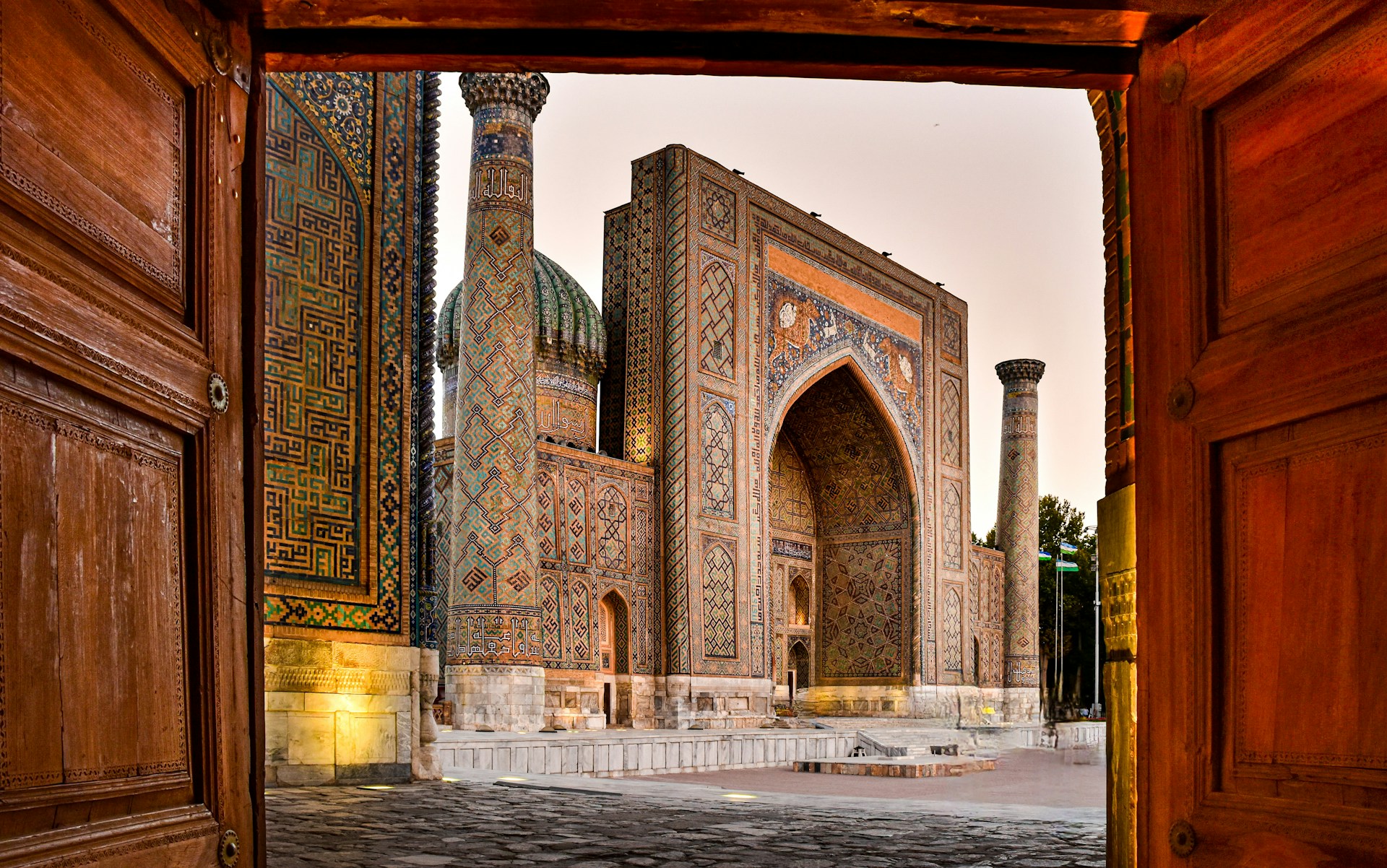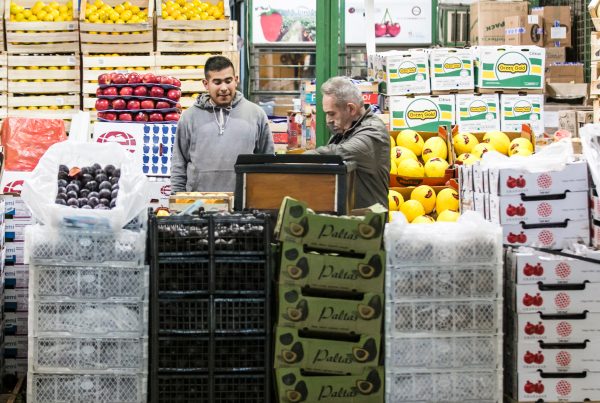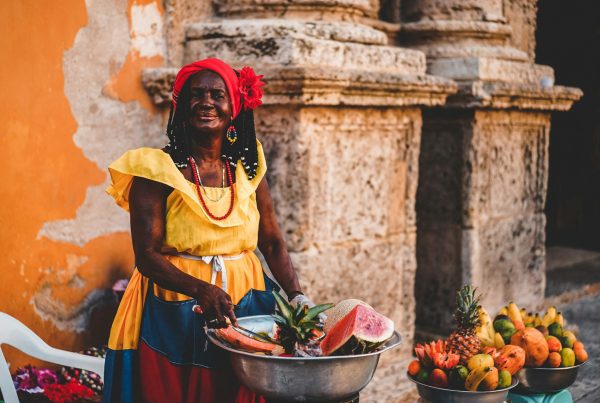Newsletter 162 – 01.23.2024
Central Asia, a field of disputes and contrasts between Russia and China
Central Asia encompasses 5 countries: Kazakhstan, Kyrgyzstan, Tajikistan, Turkmenistan and Uzbekistan. Culturally and historically, these countries were characterized by their people with a nomadic tradition and having been part of the so-called Silk Road, which was the commercial axis between the East and the West.
This region is characterized by its aridity, which makes the development of agriculture difficult, and its distance from the sea. This determined it to be region with very low population density and few large cities.
These countries share having been former Soviet republics. The fall of the USSR determined the independence of these countries practically simultaneously (in December 1991), giving rise to different processes of formation of new States, which, although they were different in each case, shared certain characteristics: the former Soviet officers They continue, in one way or another, to hold most of the power in the region.
Opportunities for southern fruit exporters
Due to its geographical location and history, the region maintains commercial ties mainly with Russia, China and its neighboring countries. To a lesser extent they do it with the European Union. The articulation with the southern hemisphere is reduced, in the case of fruit trade practically non-existent. They are very distant countries, with an unknown culture. Added to this is that they were very closed countries for many years, only recently are they opening up to the world. But currently they could be an opportunity. Together they have a population of more than 80 million. A part of them are having a good economic level and are becoming interested in Western culture, seeking to diversify their diet, becoming interested in new products and healthier food. On the other hand, the local fruit supply is restricted. The desert and continental climate, with a long and very harsh winter, limits the possibilities. Fruit production focuses on: apples, watermelons, grapes, apricots and pomegranates. The fruit is consumed locally and during the season. In the case of pome trees, they are not suitable for good storage. To have fruit all year round, they import fruit from their neighboring countries. Therefore, there are possibilities for counter-seasonal fruit from the southern hemisphere. There may be interest in citrus fruits, especially lemon and tangerines. We also see opportunities for grapes, apples and pears, especially because local production is limited, seasonal and of lower quality. Countries like Uzbekistan and Kazakhstan can be interesting markets, having the largest population, a sector in economic growth and having opened up to the world.
Uzbekistan
With a population of almost 36 million people, concentrated mostly in the south and east of the country, it is the most populated country in this region. Its capital and most populated city is Tashkent. The population is mostly of Uzbek ethnicity, with other groups such as Russian Tajiks, Koreans, or Kazakhs. The predominant religion is Muslim, followed by Eastern Orthodox Christianity.
Uzbekistan was one of the poorest republics of the Soviet Union, with a population highly dependent on cotton cultivation. Today the majority of the population continues to depend on subsistence agriculture. It should be noted that, after the fall of the USSR, the country was governed by Islom Karimov for 26 years. Only in 2016 did the country begin a process of trade liberalization. The main trading partners today are Russia, China, Kazakhstan, Korea and Turkey.
Historically, cotton cultivation was the country's main moneymarker, but the extraction of natural gas has displaced this activity from its first place. Gold, uranium and other minerals are also exported.
Primary production, however, is highly developed. In fruit matters, it stands out for its large production of grapes, stone fruit, especially apricots, and apples. Grape production has recently attracted international interest due to its volume, but quality remains low by international standards.
Kazakhstan
It is the ninth largest country in the world, with a population of 19 million people. Its capital is Astana, although Almaty is its most populated city, concentrating almost 11% of the country's population. This is a very ethnically and culturally diverse country, since it received many groups deported from other regions during Stalin's government. Kazakhs are the largest group, with 63% of the population, followed by Russians, Uzbeks and Uighurs, among others. Almost three quarters of the population is Muslim, followed by Christianity, mainly Russian Orthodox.
The Kazakh economy is mainly supported by the oil industry, mining, tourism, and the production of wheat, textiles, and livestock. It is the largest uranium producer in the world.
As a curiosity, it is believed that this country is the place of origin of the apple. In fact, the ancestor of Malus domestica, called Malus sieversii, still grows wild in the mountains of the region; and the name of the city of Almaty means “father of apples”. The country also stands out, at a regional level, in the production of watermelons and melons, closely linked to local culture.
Tajikistan
With 10 million people, it is the poorest country in the region and constitutes a transition economy that depends heavily on remittances, as well as the production of aluminum and cotton. The country was hard hit by a civil war that occurred after the fall of the USSR. Tajiks are the main ethnic group, followed by significant minorities of Uzbeks and Russians. As in neighboring countries, Islam is the majority religion.
In terms of fruit, the country mainly exports dried fruits and grapes mainly to Russia, Kazakhstan and Pakistan.
Kyrgyzstan
With 6.7 million people, it is a mountainous country, whose capital and most populated city is Bishkek. Given its geography, the entire country is at medium to high risk of suffering earthquakes, which, combined with the country's poor economic development, implies great vulnerability for its population.
The economy is mainly agricultural and livestock. Sheep, horses and cattle are raised mainly in the steepest areas, while cotton, fruit and tobacco are grown in the lower and flatter areas. In terms of fruit production, apples, grapes and watermelons stand out, which are mainly exported to Russia, Kazakhstan and Uzbekistan.
Turkmenistan
It is the least populated of these five countries, with 6.5 million people. Its capital and most populated city is Ashgabat, located in an oasis in the middle of the Karakum Desert. After independence from him, it was ruled by president-for-life Saparmyrat Nyýazow for 15 years until his death. Today it is considered to remain an isolated and repressive country under an authoritarian government. Despite its poorly diversified economy, it maintains sustained economic growth, since the country has the fourth largest natural gas reserve in the world. The main trading partner is China, which receives most of the local natural gas through the Central Asia-China gas pipeline.
Regarding agriculture, the main production is cotton. Fruit production is marginal, however, the production of grapes, watermelons and, to a lesser extent, apples stands out.







